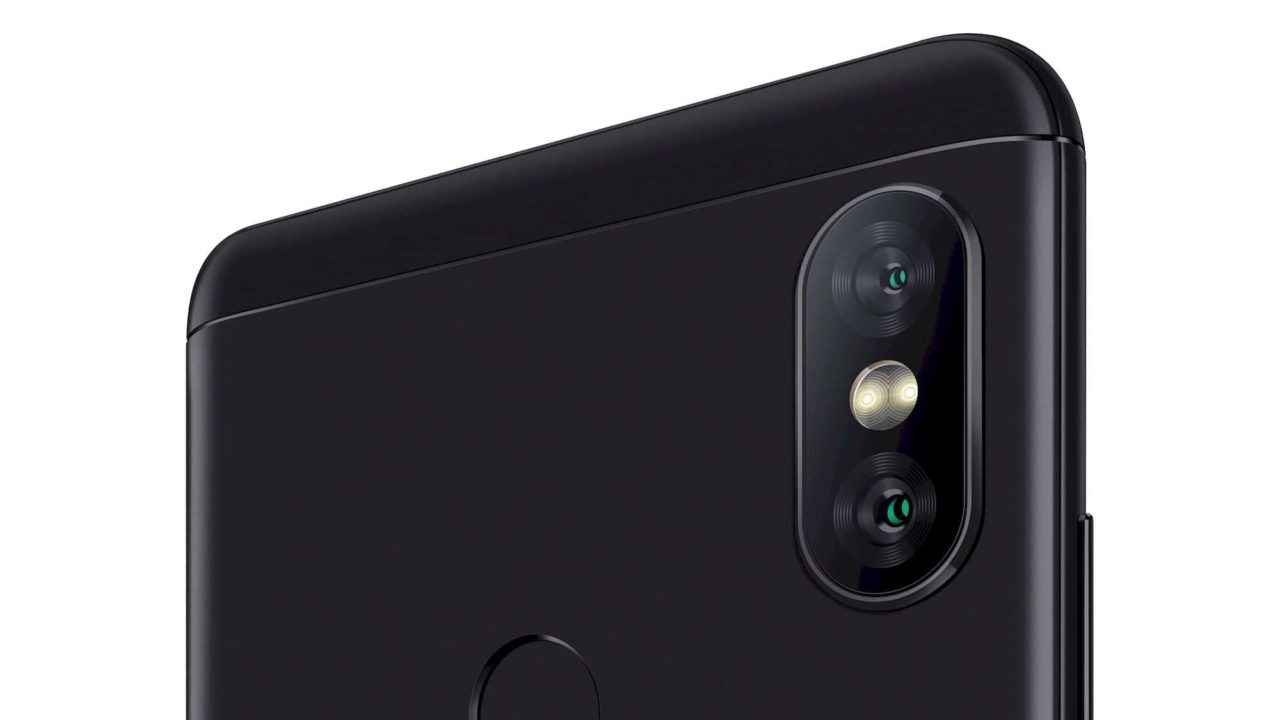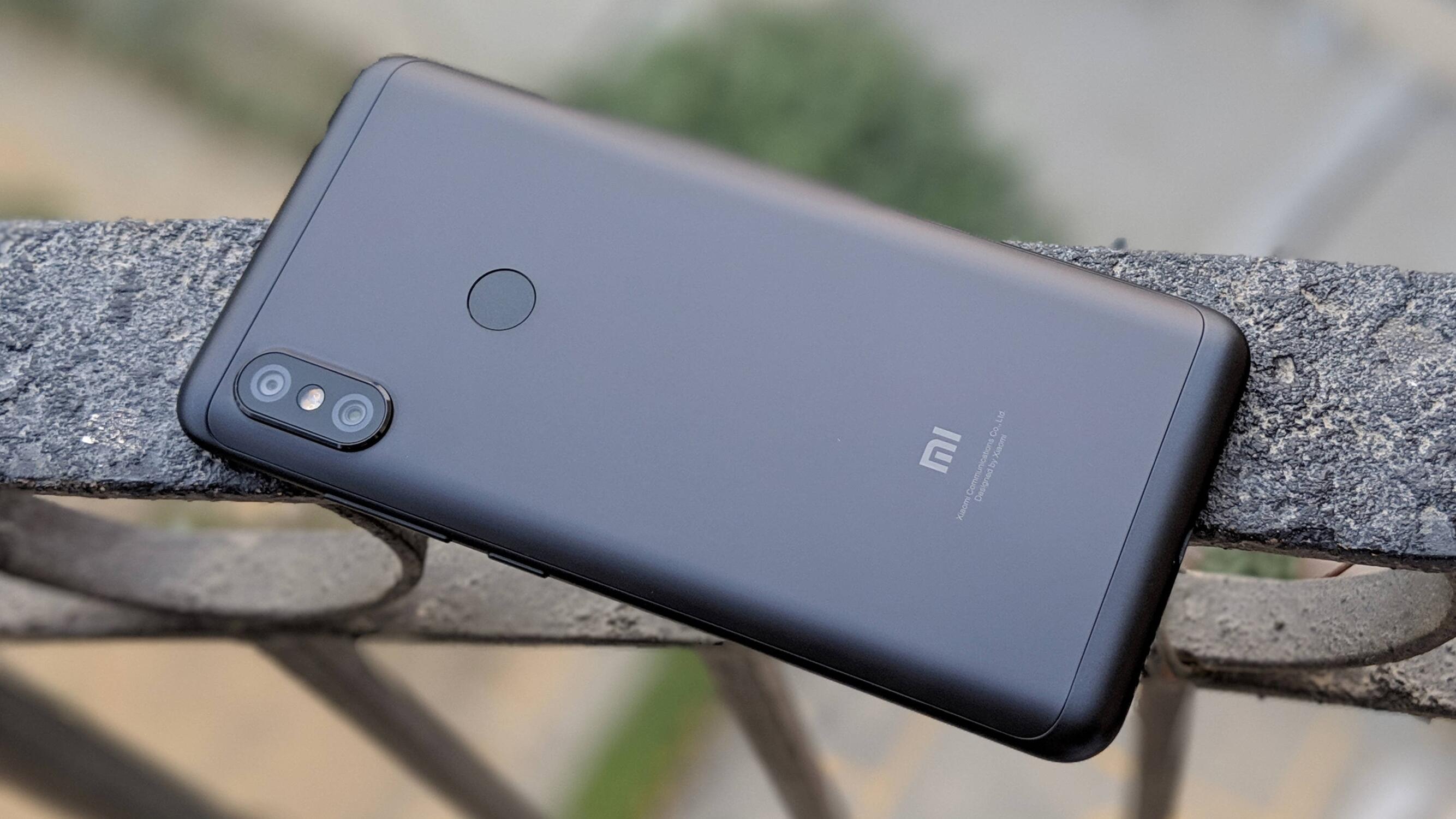Introduction
Rooting your Realme phone can unlock a world of possibilities, allowing you to customize your device, access hidden features, and optimize its performance. By gaining root access, you can take full control of your device, installing custom ROMs, removing bloatware, and tweaking system settings to suit your preferences. However, it's important to note that rooting your phone comes with risks and may void your warranty, so it's crucial to understand the process thoroughly before proceeding.
In this comprehensive guide, we will walk you through the step-by-step process of rooting your Realme phone. Whether you're a tech enthusiast looking to explore the full potential of your device or a user seeking to enhance its functionality, this tutorial will equip you with the knowledge and tools needed to successfully root your Realme phone.
Before diving into the rooting process, it's essential to familiarize yourself with the necessary precautions and considerations. Understanding the implications of rooting, such as potential security risks and the impact on device stability, will help you make an informed decision. Additionally, we'll explore the benefits of rooting, shedding light on the exciting opportunities it presents for optimizing your Realme phone's performance and personalizing its user experience.
As we embark on this journey, it's important to approach the rooting process with a clear understanding of its implications and the potential impact on your device. By following the steps outlined in this guide, you'll gain valuable insights into the world of Android customization and empowerment, empowering you to make informed decisions about your device's functionality and performance. So, let's delve into the exciting realm of rooting your Realme phone and unlock its full potential.
Step 1: Enable Developer Options
Enabling Developer Options is the first crucial step towards rooting your Realme phone. This feature provides access to advanced settings and debugging tools, empowering users to customize their devices and interact with the Android system at a deeper level. Here's a detailed walkthrough on how to enable Developer Options on your Realme phone:
-
Navigate to Settings: Open the "Settings" app on your Realme phone. This can usually be found in the app drawer or by swiping down from the top of the screen and tapping the gear icon.
-
Access About Phone: Scroll down and locate the "About Phone" or "About Device" option within the Settings menu. This section contains essential information about your device, including its model, software version, and status.
-
Locate Build Number: In the "About Phone" section, find the "Build Number" entry. This is typically located towards the bottom of the list, and the exact placement may vary depending on your Realme phone model.
-
Tap Build Number: Once you've located the "Build Number," tap on it repeatedly. You will need to tap it seven times in quick succession. As you do this, you'll notice a message indicating that you are approaching Developer Mode.
-
Enter Device PIN/Pattern: At this point, you may be prompted to enter your device's PIN, pattern, or password to verify your identity. This is a security measure to prevent unauthorized access to Developer Options.
-
Developer Options Enabled: After tapping the Build Number seven times and entering your device's security credentials, you will see a message confirming that Developer Options have been enabled.
Enabling Developer Options grants you access to a plethora of advanced settings and tools that are typically hidden from regular users. These options include USB debugging, OEM unlocking, and various system tweaks that are essential for the rooting process. By following these steps to enable Developer Options on your Realme phone, you are one step closer to unlocking the full potential of your device and embarking on the exciting journey of rooting.
With Developer Options now accessible, you are ready to proceed to the next step in the rooting process: unlocking the bootloader. This pivotal stage sets the stage for customizing and optimizing your Realme phone to suit your unique preferences and requirements. As we move forward, you'll gain valuable insights into the intricacies of unlocking the bootloader and the implications it holds for your device's functionality and customization capabilities.
Step 2: Unlock the Bootloader
Unlocking the bootloader is a pivotal step in the process of rooting your Realme phone. The bootloader acts as a security checkpoint, ensuring that only verified software is allowed to run on the device. By unlocking the bootloader, you gain the ability to install custom recovery and root your device, opening up a world of customization and optimization opportunities.
Before proceeding, it's important to understand that unlocking the bootloader may void your device's warranty and could lead to data loss. Therefore, it's crucial to back up your important files and ensure that you are comfortable with the potential risks involved in this process.
Here's a detailed guide on how to unlock the bootloader of your Realme phone:
-
Backup Your Data: Before initiating the bootloader unlocking process, it's essential to back up all your important data, including photos, videos, documents, and any other files stored on your device. This ensures that your valuable information is safeguarded in case of unexpected data loss during the unlocking process.
-
Enable OEM Unlocking: Navigate to the Developer Options menu, which you enabled in the previous step, and locate the "OEM unlocking" option. Toggle this setting to enable OEM unlocking, which is a prerequisite for unlocking the bootloader.
-
Power Off Your Device: Turn off your Realme phone to prepare for the bootloader unlocking process. Once the device is powered off, you'll need to boot it into fastboot mode.
-
Boot into Fastboot Mode: Press and hold the volume down button and the power button simultaneously to enter fastboot mode. In this mode, you'll have access to the bootloader unlocking commands.
-
Connect Your Device to the Computer: Use a USB cable to connect your Realme phone to your computer. Ensure that you have the necessary USB drivers installed on your computer to facilitate the connection.
-
Launch ADB and Fastboot Tools: On your computer, open a command prompt or terminal window and navigate to the directory where the ADB and Fastboot tools are installed. These tools are essential for sending commands to your device while it's in fastboot mode.
-
Verify Device Connection: In the command prompt or terminal window, enter the command "fastboot devices" to confirm that your Realme phone is successfully connected to the computer in fastboot mode. If the device is detected, you're ready to proceed with unlocking the bootloader.
-
Unlock the Bootloader: To unlock the bootloader, enter the command "fastboot flashing unlock" in the command prompt or terminal window on your computer. This command initiates the bootloader unlocking process on your Realme phone.
-
Follow On-Screen Instructions: Once the "fastboot flashing unlock" command is executed, your device will display a confirmation message prompting you to confirm the bootloader unlocking process. Follow the on-screen instructions to confirm the action, which will unlock the bootloader of your Realme phone.
-
Reboot Your Device: After successfully unlocking the bootloader, reboot your Realme phone by entering the command "fastboot reboot" in the command prompt or terminal window on your computer. This will restart your device, completing the bootloader unlocking process.
By following these steps, you have successfully unlocked the bootloader of your Realme phone, paving the way for the next stage in the rooting process: installing custom recovery. This achievement marks a significant milestone in your journey towards customizing and optimizing your device to suit your unique preferences and requirements. As we progress to the next step, you'll gain valuable insights into the installation of custom recovery and its role in empowering you to take full control of your Realme phone's functionality and performance.
Step 3: Install Custom Recovery
Installing a custom recovery is a pivotal step in the process of rooting your Realme phone, as it empowers you to take full control of the device's system and perform advanced operations such as flashing custom ROMs, creating backups, and applying system-level modifications. Custom recovery replaces the stock recovery software that comes pre-installed on Android devices, offering enhanced functionality and flexibility for users who seek to customize and optimize their devices.
Here's a detailed guide on how to install custom recovery on your Realme phone:
-
Research Compatible Custom Recovery: Before proceeding with the installation, it's essential to research and identify a custom recovery that is compatible with your specific Realme phone model. Popular custom recoveries such as TWRP (Team Win Recovery Project) offer extensive features and support for a wide range of devices, including various Realme phone models.
-
Download Custom Recovery Image: Once you've identified a compatible custom recovery, download the corresponding recovery image file to your computer. Ensure that you obtain the recovery image from a reputable source to guarantee its authenticity and compatibility with your device.
-
Enable USB Debugging: Navigate to the Developer Options menu on your Realme phone and enable USB debugging. This setting allows your device to communicate with your computer and facilitates the installation of the custom recovery.
-
Connect Your Device to the Computer: Use a USB cable to connect your Realme phone to your computer. Ensure that you have the necessary USB drivers installed to establish a stable connection between the device and your computer.
-
Transfer Recovery Image to Device: Transfer the custom recovery image file from your computer to your Realme phone. Place the file in a location that is easily accessible from the device's file manager.
-
Boot into Fastboot Mode: Power off your Realme phone and boot it into fastboot mode by pressing and holding the volume down button and the power button simultaneously. In fastboot mode, you'll have access to the commands required to install the custom recovery.
-
Launch ADB and Fastboot Tools: On your computer, open a command prompt or terminal window and navigate to the directory where the ADB and Fastboot tools are installed. These tools are essential for sending commands to your device while it's in fastboot mode.
-
Flash Custom Recovery Image: In the command prompt or terminal window, enter the command to flash the custom recovery image to your Realme phone. The specific command may vary depending on the custom recovery you're installing. For example, if you're installing TWRP, the command may be "fastboot flash recovery twrp.img" (replace "twrp.img" with the actual filename).
-
Reboot into Custom Recovery: After successfully flashing the custom recovery image, reboot your Realme phone into the newly installed custom recovery. This can typically be done by using the hardware buttons to enter recovery mode.
-
Verify Custom Recovery Installation: Once your device boots into the custom recovery, verify that the installation was successful by navigating the recovery menu and ensuring that all features and options are accessible.
By following these steps, you have successfully installed a custom recovery on your Realme phone, unlocking a new realm of possibilities for customizing and optimizing your device. The installation of custom recovery sets the stage for the final step in the rooting process: rooting your Realme phone. As we progress to the next stage, you'll gain valuable insights into the rooting process and the implications it holds for enhancing your device's functionality and performance.
Step 4: Root Your Realme Phone
Rooting your Realme phone is the final and most significant step in the process of unlocking its full potential. By gaining root access, you attain administrative privileges that allow you to delve deep into the Android operating system, enabling advanced customization, performance optimization, and the ability to install powerful root-specific apps. However, it's important to approach the rooting process with caution, as it involves modifying the core functionality of your device and may void its warranty.
Here's a comprehensive guide on how to root your Realme phone:
-
Research Rooting Methods: Before proceeding with the rooting process, it's essential to research and identify the most suitable rooting method for your specific Realme phone model. Various rooting tools and methods are available, each catering to different device models and software versions. Popular rooting tools such as Magisk and SuperSU offer reliable and versatile solutions for gaining root access.
-
Download Rooting Tool: Once you've identified the appropriate rooting method for your Realme phone, download the corresponding rooting tool to your computer. Ensure that you obtain the tool from a reputable source to guarantee its authenticity and compatibility with your device.
-
Enable USB Debugging: Navigate to the Developer Options menu on your Realme phone and enable USB debugging. This setting allows your device to communicate with your computer and facilitates the rooting process.
-
Connect Your Device to the Computer: Use a USB cable to connect your Realme phone to your computer. Ensure that you have the necessary USB drivers installed to establish a stable connection between the device and your computer.
-
Transfer Rooting Tool to Device: Transfer the rooting tool from your computer to your Realme phone. Place the file in a location that is easily accessible from the device's file manager.
-
Initiate Rooting Process: Launch the rooting tool on your computer and follow the on-screen instructions to initiate the rooting process for your Realme phone. This may involve running specific commands or executing the rooting tool's interface to begin the root access installation.
-
Verify Root Access: After the rooting process is complete, verify that your Realme phone has gained root access. This can be confirmed by using root-specific apps or utilities that require administrative privileges to function.
By following these steps, you have successfully rooted your Realme phone, unlocking a world of possibilities for customizing, optimizing, and enhancing the functionality of your device. With root access, you can explore a vast array of root-only apps, apply system-level modifications, and take full control of your Realme phone's performance and user experience.
Rooting your Realme phone marks a significant milestone in your journey towards harnessing the full potential of your device. It's important to approach root access with responsibility and awareness of the implications it holds for your device's security and stability. By gaining root access, you have embarked on an exciting adventure of Android customization and empowerment, enabling you to tailor your Realme phone to suit your unique preferences and requirements.
Conclusion
In conclusion, the process of rooting your Realme phone is a transformative journey that empowers you to unlock the full potential of your device. By following the step-by-step guide outlined in this tutorial, you have gained valuable insights into the intricacies of enabling Developer Options, unlocking the bootloader, installing custom recovery, and ultimately rooting your Realme phone. Each stage of the process has equipped you with the knowledge and tools needed to take control of your device's functionality and performance, paving the way for a personalized and optimized user experience.
As you reflect on the journey of rooting your Realme phone, it's important to recognize the implications and considerations that come with gaining root access. Rooting your device grants you administrative privileges, enabling advanced customization, system-level modifications, and the installation of root-specific apps. However, it's crucial to approach root access with caution, as it may void your device's warranty and expose it to potential security risks. Understanding the balance between the benefits and implications of rooting is essential in making informed decisions about your device's customization and optimization.
Furthermore, the process of rooting your Realme phone opens up a world of opportunities for exploring custom ROMs, optimizing system performance, and removing bloatware to streamline your device's functionality. With root access, you have the freedom to tailor your device to suit your unique preferences, enabling a level of personalization and control that extends beyond the limitations of stock Android.
As you embark on your rooted Realme phone journey, it's important to stay informed about the latest developments in the Android rooting community, including updates to rooting tools, best practices for maintaining root access, and the evolving landscape of custom ROMs and modifications. Engaging with the vibrant community of Android enthusiasts and developers can provide valuable insights and support as you continue to explore the possibilities of your rooted Realme phone.
In essence, rooting your Realme phone is a gateway to a world of customization, optimization, and empowerment. By embracing the journey of rooting, you have embarked on a path that celebrates the spirit of Android's open-source nature, enabling you to shape your device's functionality and user experience according to your unique vision. As you navigate the realm of rooted Android devices, remember to approach the process with responsibility, awareness, and a sense of adventure, embracing the endless possibilities that await you in the world of rooted Realme phones.

























